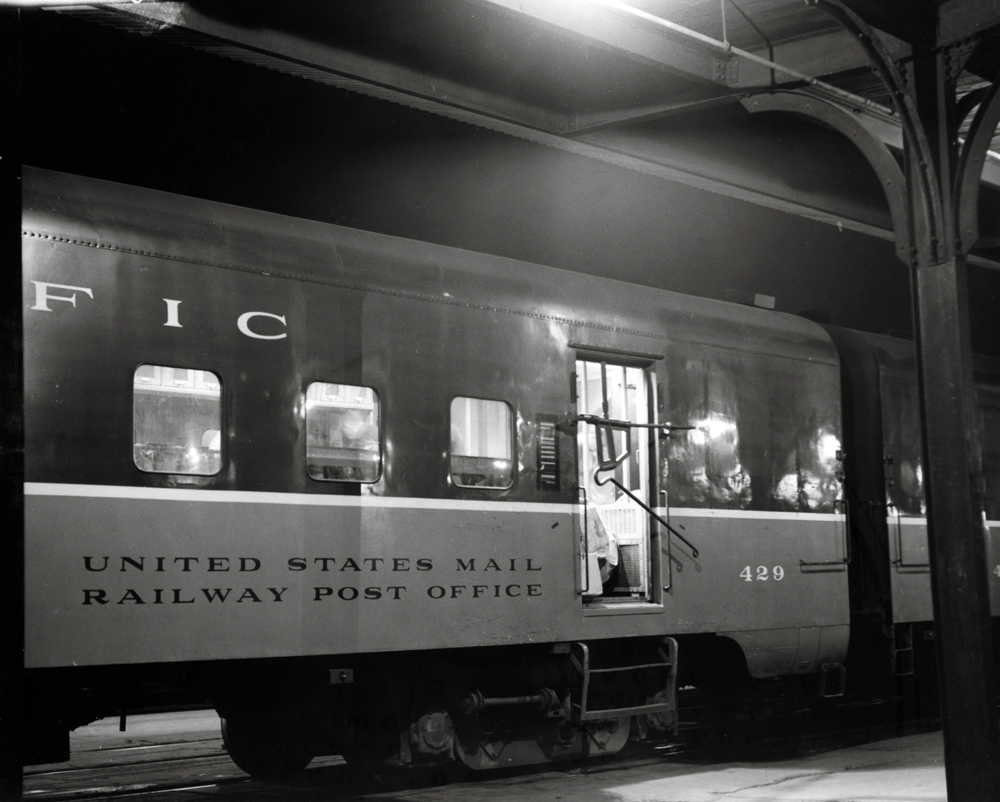
Railway Post Offices Mail moves by train In the 1830s, shortly after the establishment of the first railroads in the U.S., the Post Office Department began to ship mail by rail. The year 1838 saw some sorting of mail en route between Washington and Philadelphia, but the first Railway Post Office car is generally thought […]
Read More…

Photo charters (not excursions) are an art form From coal to oil to electric, train photo charters are gaining momentum — there’s no question about it. There is also very little argument as to why steam locomotives are typically a fan favorite. The smell of coal burning is unmatched. The loud roars surfacing from a […]
Read More…
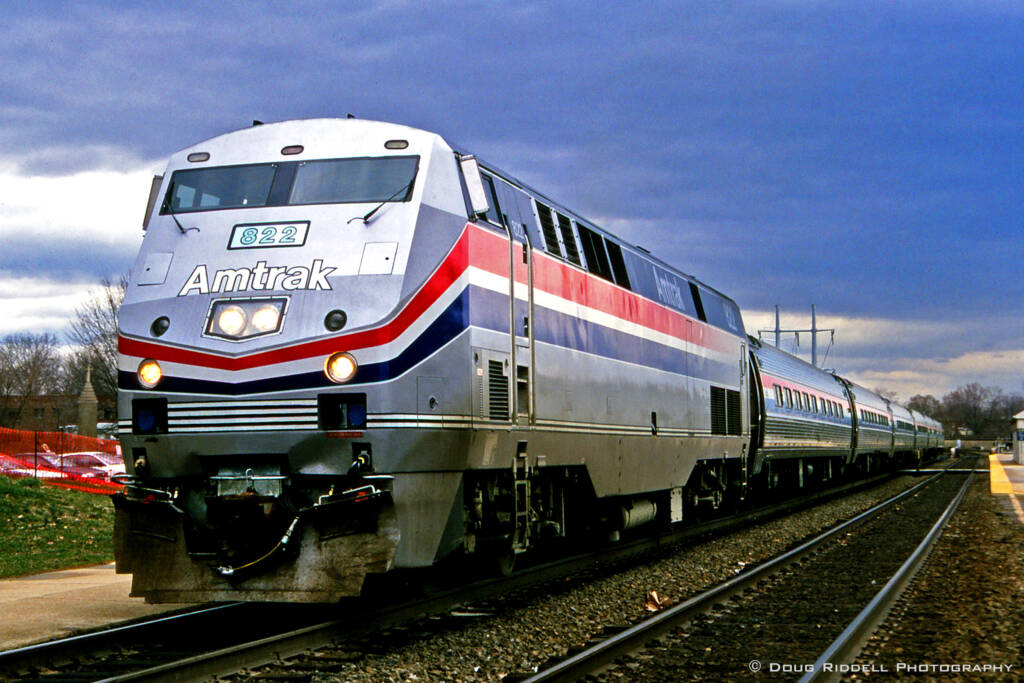
I saw the light, but changing the light was a whole different matter — and that’s why I’m skeptical when a locomotive builder claims to have consulted engineers when designing a new and improved model. And with good reason. They’re usually looking for product endorsement rather than any input intended for product development. A seasoned […]
Read More…
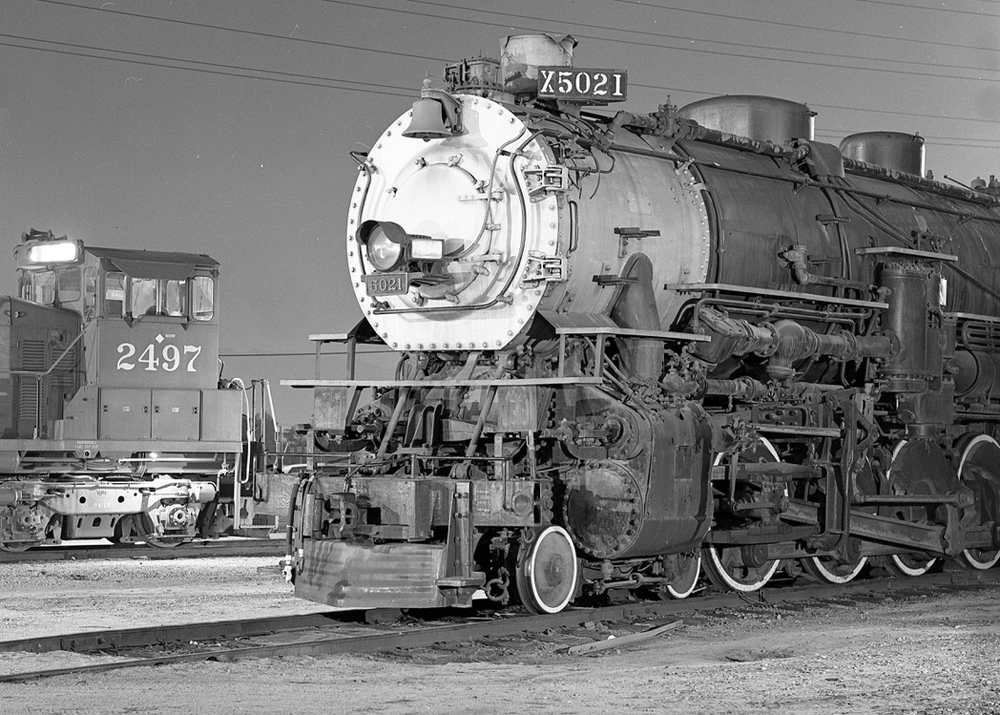
Always something different at LA’s Taylor Yard A wise man once said, “The definition of insanity is doing the same thing over and over again and expecting different results.” It’s a nice thought. But he never met a train fan. For decades, whenever I had a few free minutes, I’d drive down to Southern Pacific’s […]
Read More…

Southern Pacific & World War II By the 1940s, the original Transcontinental Railroad main line around the north end of the Great Salt Lake had fulfilled its original purpose of connecting the eastern United States with California, and was now needed for World War II. Specifically, the U.S. war effort needed the Transcontinental Railroad’s steel […]
Read More…
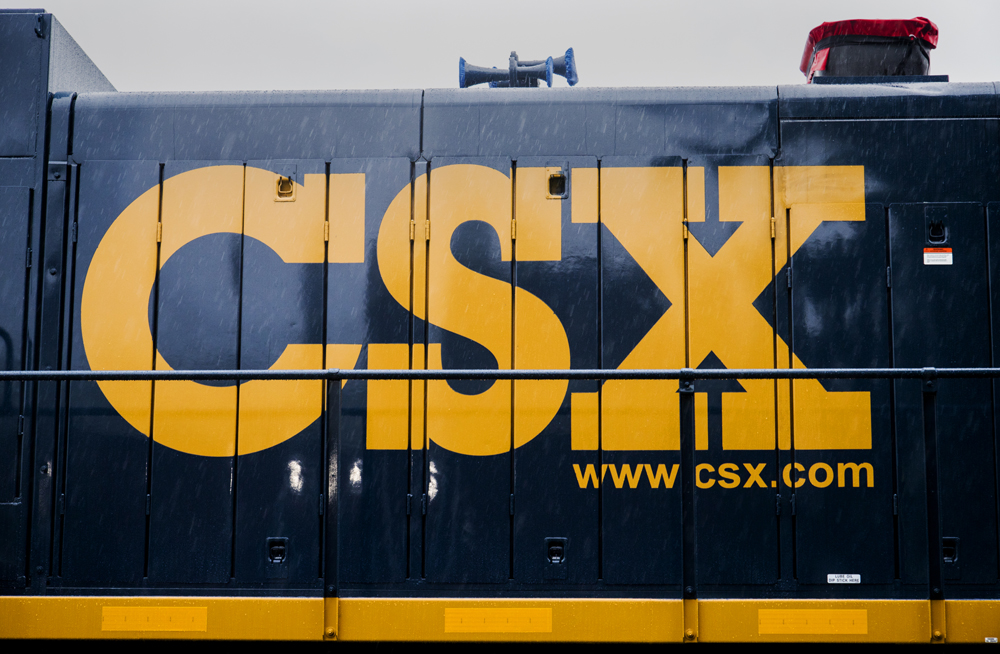
CSX Railroads, in particular, have grappled with that same question over the years — especially those railroads that are the products of mergers or the surviving company after a takeover. There is, on the one hand, Norfolk Southern, a straightforward name for the affiliation of the Norfolk & Western and Southern railways. Along the same […]
Read More…

The first rail-to-trail conversion in the U.S., the Elroy-Sparta State Trail, gives riders an opportunity to traverse three tunnels. Wisconsin isn’t usually associated with railroad tunnels, but it once had a number of them. Today only Canadian Pacific’s bore at Tunnel City is active, but next door is the closed tunnel of the Chicago […]
Read More…

As the Maxon Railway car pulls away from the platform everything seems business as usual. Steel rails. Steel wheels. A slight clickety-clack. The whizzing soundtrack of an electrified locomotive. Check. Check. Check. Check. Except this is no ordinary rail car and this railway is definitely nowhere near ordinary. Located in the Pacific Northwest with the […]
Read More…
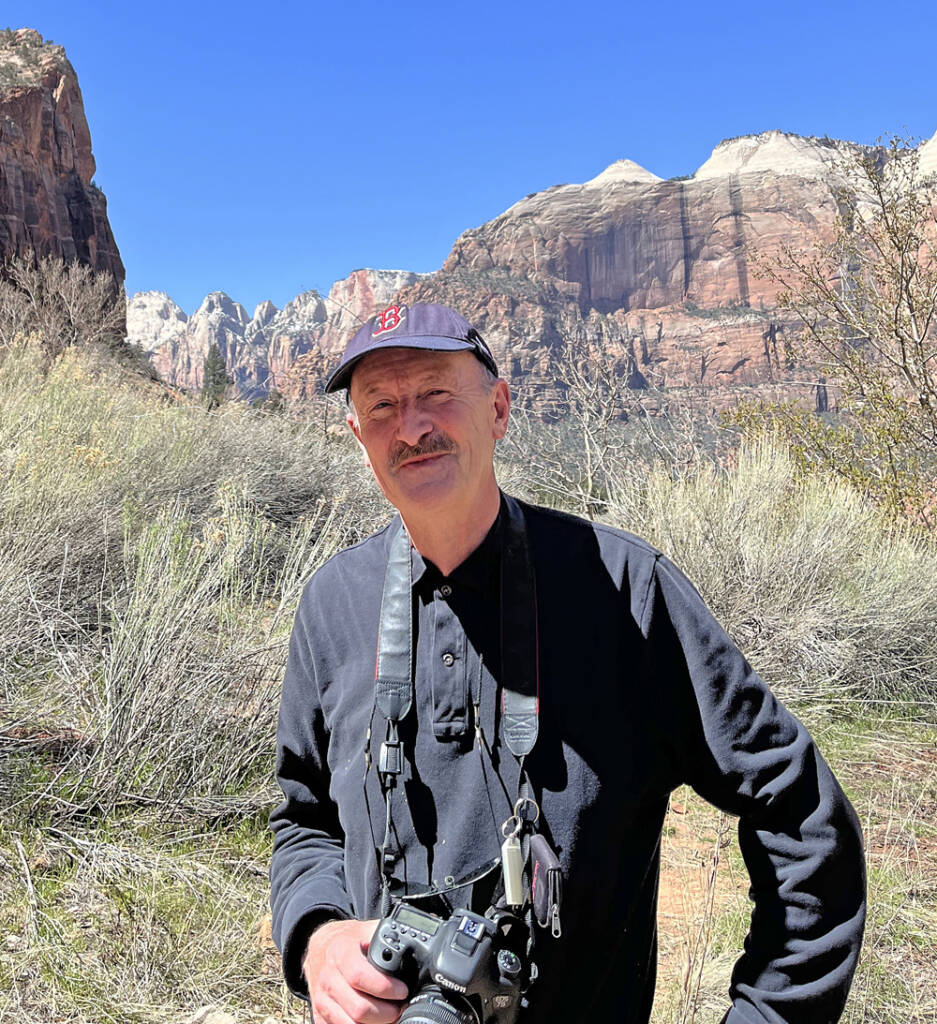
What was your first byline in Trains? Scott Hartley: My first Trains feature article appeared in the February 1980 issue, a four-page report on Amtrak’s Alco RS3 fleet. Editor David Morgan had occasionally used my photos and opinion columns, but this was my first real article. It was a tough sell: In 1980, Alcos clearly […]
Read More…
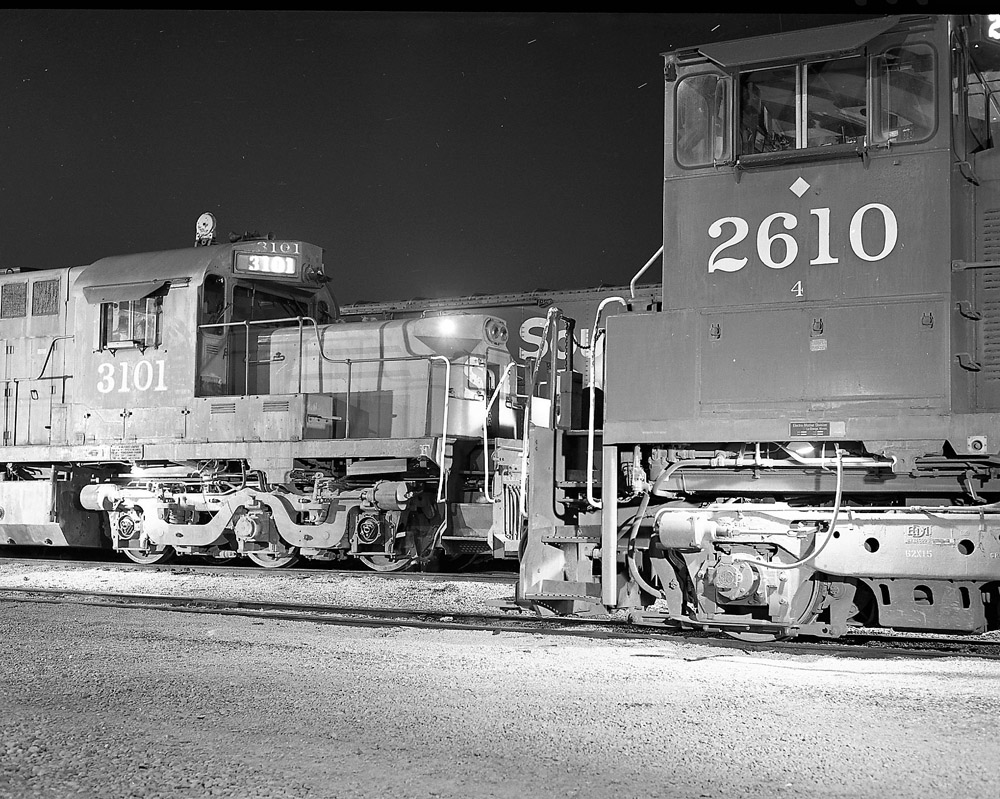
Alco RSD15 road switcher Some locomotive models seem to come and go and hardly get noticed. Nobody can say that about the Alco RSD15. The six-axle mainline road switcher concept was still in its infancy in the mid-1950s, with many railroads sticking with various four-axle locomotive designs that had been popular for decades. But a […]
Read More…
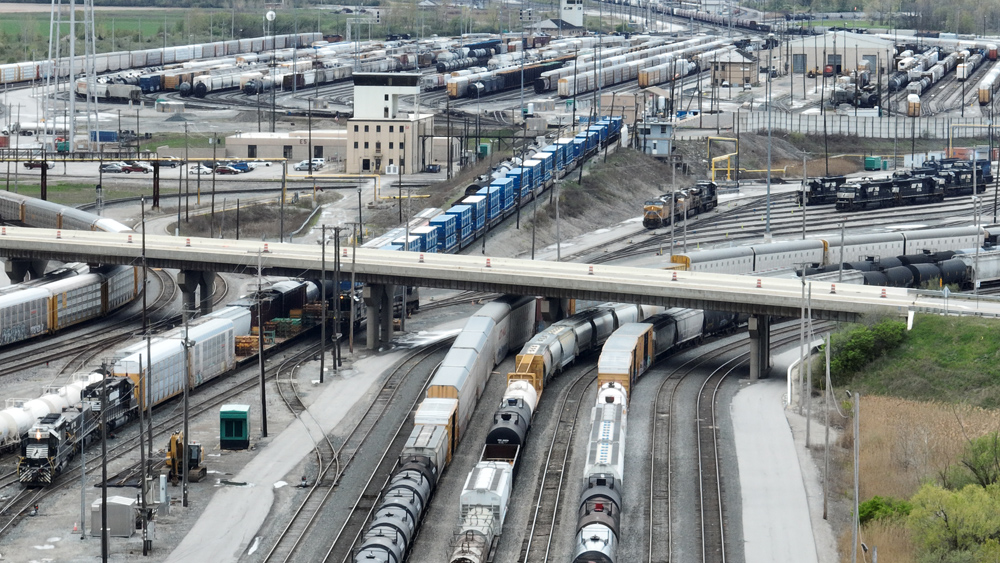
Bellevue Yard It’s over 5 miles long. It’s capable of serving a hundred trains a day. It’s the center point of five of Norfolk Southern’s busiest lines. Officially known as Moorman Yard, Norfolk Southern’s Bellevue hump yard is one of the largest in the railroad’s system. Centrally located in the northern Ohio heartland, it’s a […]
Read More…

Mind-blowing facts about the GM Aerotrain By the 1950s it was clear that the passenger train was not the wave of the future. Automobiles and airliners were the next chapter in personal transportation for the United States. In some cases, however, the railroads wanted one more round in the fight to retain and regain passengers. […]
Read More…












